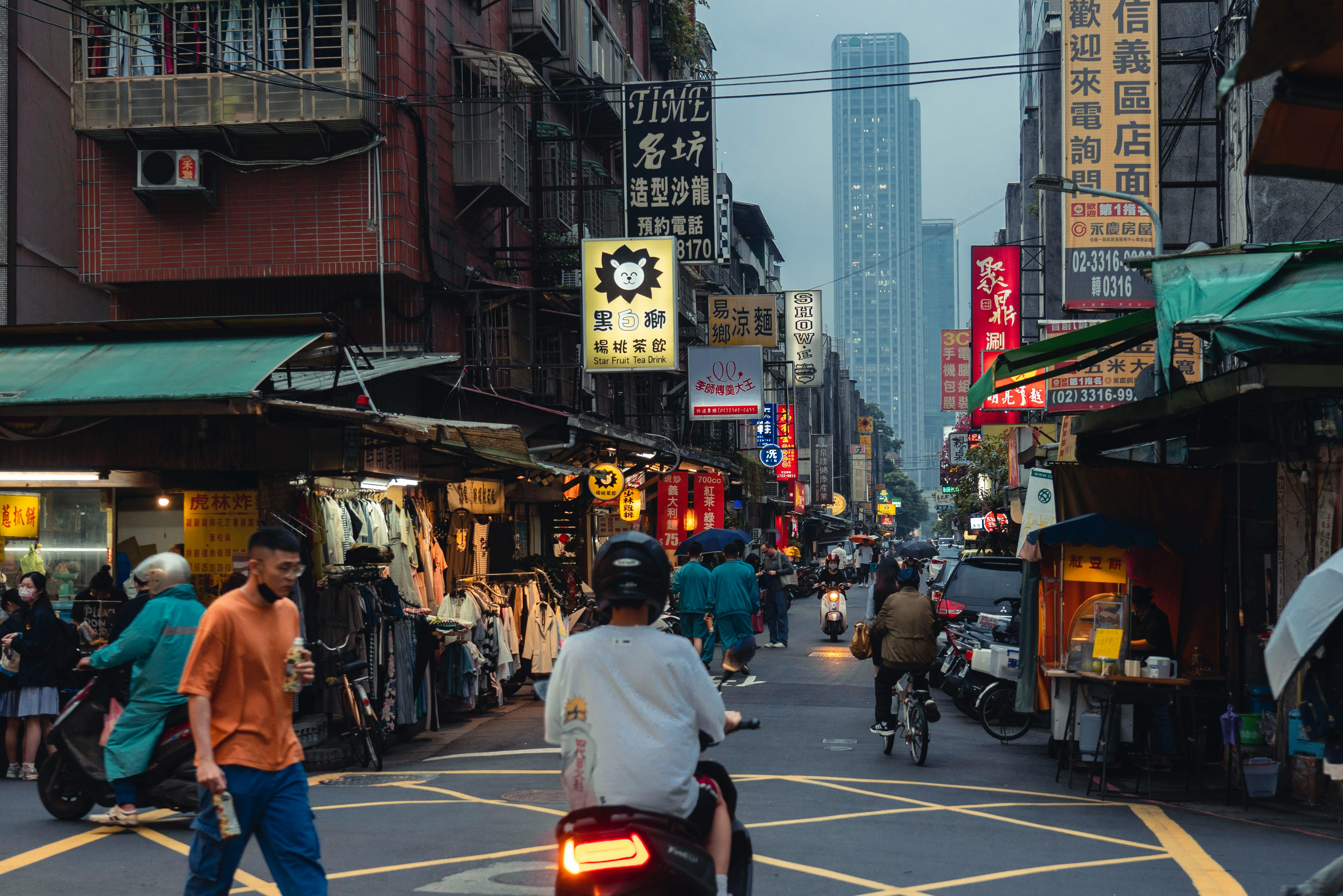Asia, a continent often characterized by its sprawling metropolises and high population density, is increasingly embracing walkability as a cornerstone of sustainable urban development.
While traffic congestion and air pollution remain challenges in many areas, a growing number of Asian cities are prioritizing pedestrian-friendly infrastructure, public transport integration, and mixed-use urban planning.
These cities offer residents and visitors alike the joy of exploring vibrant neighborhoods on foot, with easy access to public services, green spaces, and cultural landmarks. Below are some of the most walkable cities in Asia, each setting a unique example in pedestrian-oriented urban design.
Tokyo, Japan

Tokyo is widely regarded as one of the most walkable cities in the world. Despite its size and population, the city’s well-structured neighborhoods make walking an efficient and enjoyable experience. What makes Tokyo particularly pedestrian-friendly is its dense yet human-scale urban fabric.
Small streets lined with shops, restaurants, and convenience stores offer everything a person might need within a short walking distance. The city’s extensive and punctual public transportation system complements its walkability, allowing people to travel across vast areas without relying on cars.
Furthermore, the city’s emphasis on cleanliness, safety, and well-maintained sidewalks enhances the walking experience.
Singapore

Singapore’s status as a global model for urban planning includes its emphasis on walkability. The city-state has invested heavily in pedestrian pathways, sheltered walkways, and park connectors that allow residents to walk long distances without the need for a vehicle.
Strategic zoning regulations have ensured that residential areas are closely connected to commercial and recreational spaces. Green initiatives such as Gardens by the Bay and the Southern Ridges showcase how natural elements can be interwoven with urban environments, providing shaded and scenic routes for walkers.
Singapore's tropical climate has also influenced the development of air-conditioned underground and above-ground walkways, which offer respite from the heat and rain.
Seoul, South Korea

Seoul’s transformation over the past two decades has included a strong emphasis on walkable public spaces. The most notable example is the Cheonggyecheon Stream, a formerly covered waterway that was restored and turned into a pedestrian-friendly park running through the heart of the city.
Seoul's focus on livable neighborhoods has led to the development of car-free zones, pedestrian plazas, and bike-sharing programs. The city's hilly terrain is offset by escalators and elevators in public spaces, particularly in areas like Namsan Park.
Seoul's commitment to pedestrianization is also reflected in urban renewal projects that prioritize community use and foot traffic over car dominance.
Hong Kong

Despite its reputation for vertical urbanism and high density, Hong Kong is surprisingly walkable. The city’s compact design means that most daily necessities, services, and transit options are within a short walking radius.
Elevated walkways, pedestrian bridges, and escalator systems like the Central–Mid-Levels escalator which is the world’s longest outdoor covered escalator, help navigate its hilly terrain and dense districts.
While congestion can be an issue, especially in commercial hubs, the city's layout allows for efficient navigation on foot, especially in areas like Central, Tsim Sha Tsui, and Mong Kok, where shopping, dining, and entertainment are closely clustered.
Kyoto, Japan

Unlike the bustling metropolis of Tokyo, Kyoto offers a different kind of walkable charm. As a city deeply rooted in history and culture, Kyoto’s low-rise buildings, grid-like street layout, and preservation of traditional neighborhoods make it ideal for walking.
Visitors and locals can stroll through narrow alleys past wooden machiya houses, explore serene temples and shrines, or relax in one of the city’s many gardens and parks.
The emphasis on preserving historical architecture and cultural landmarks has naturally led to a pedestrian-oriented environment that encourages slower, more intentional exploration.
Taipei, Taiwan

Taipei has emerged as one of Asia’s more underrated walkable cities. It combines wide sidewalks, efficient public transit, and dedicated pedestrian crossings to create an inclusive and accessible urban environment.
Neighborhoods such as Da’an and Ximending offer lively street life with minimal vehicular intrusion, while Taipei’s numerous night markets transform entire districts into walk-only zones filled with food, culture, and social interaction.
The city’s accessibility extends to people with disabilities, featuring tactile paving, ramps, and accessible entrances at most public buildings and metro stations.



















